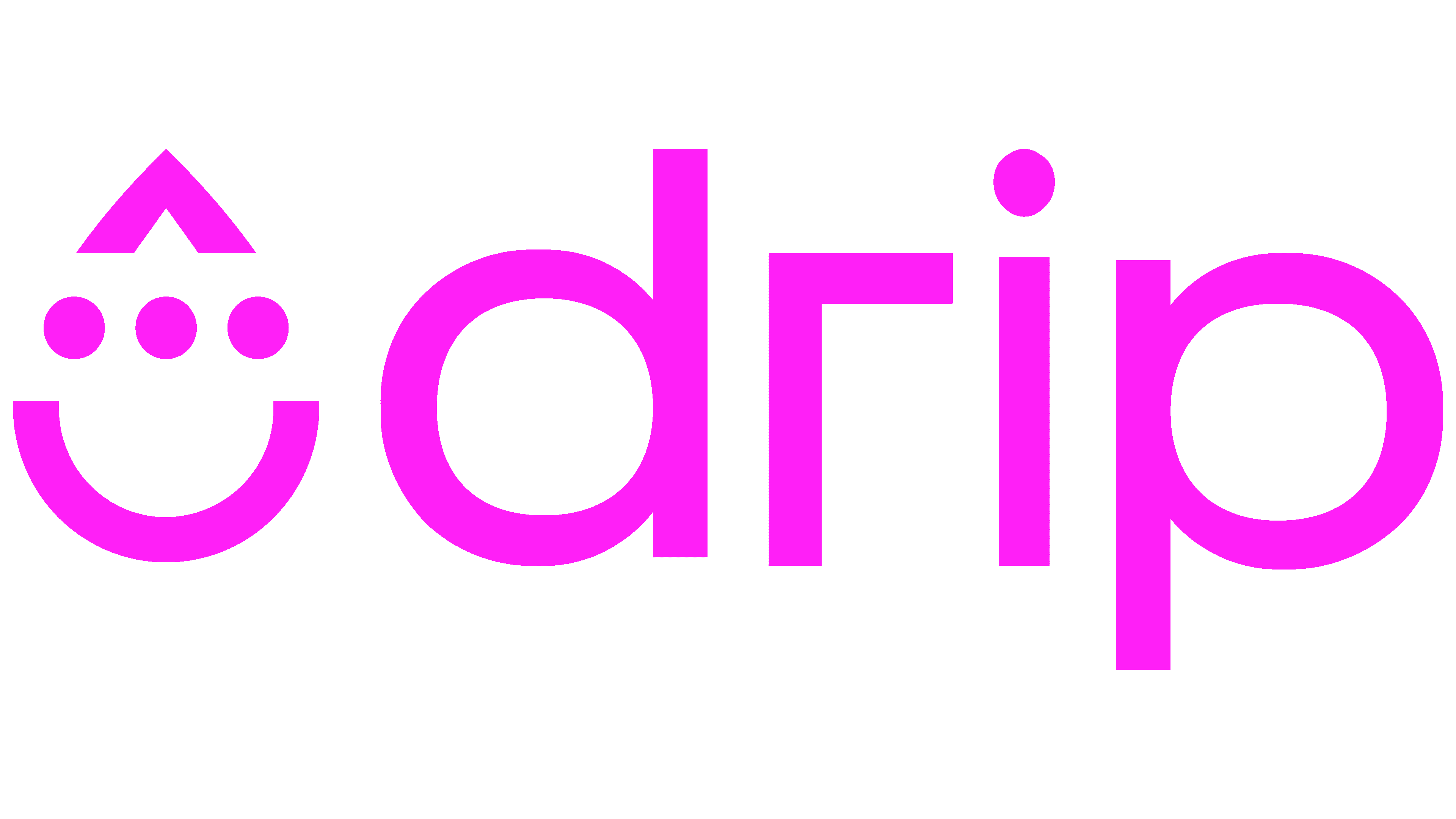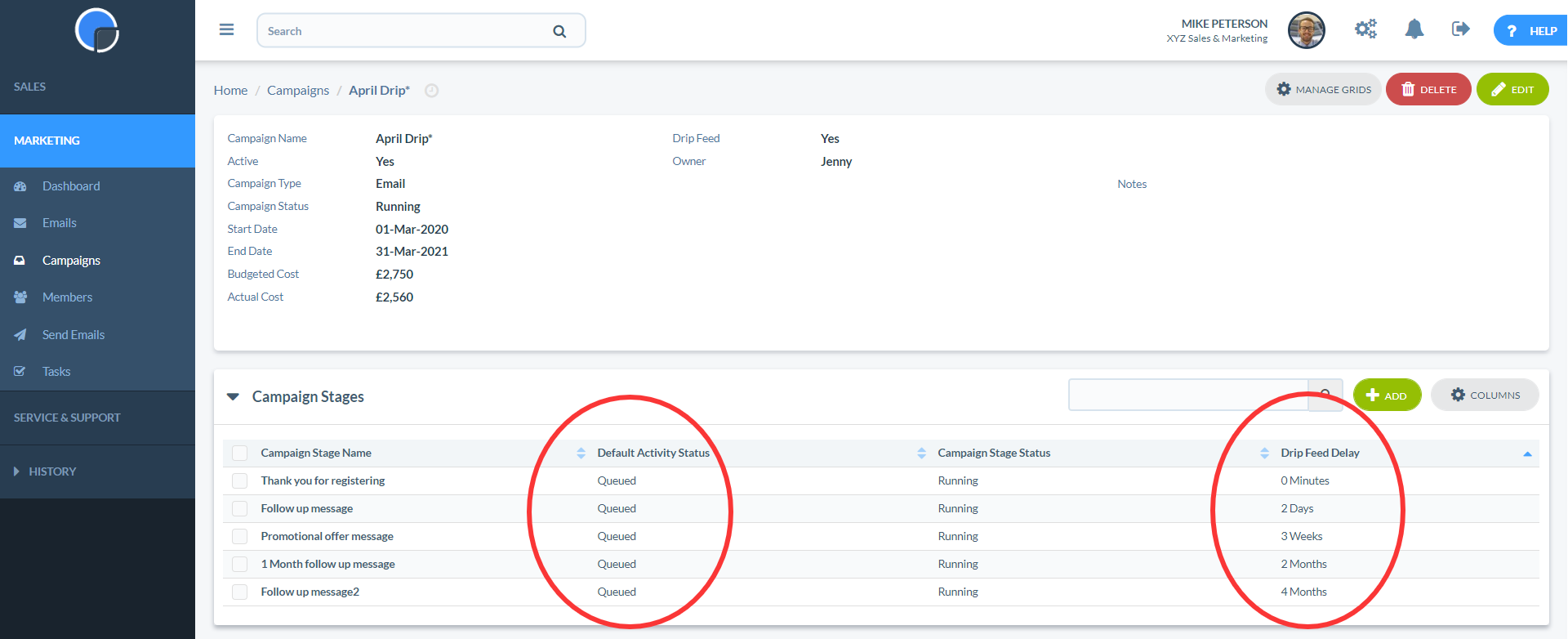
Drip: Complete Buyer's Guide
Ecommerce-focused email marketing platform leveraging AI for behavioral segmentation and predictive personalization.
Drip is an ecommerce-focused email marketing platform that leverages AI for behavioral segmentation and predictive personalization, specifically architected for online retailers seeking revenue-driven automation[50][55][110]. Unlike generalist platforms, Drip's core strength lies in its ability to dynamically segment audiences using real-time visitor interactions, purchase history, and engagement metrics without manual intervention[78][103][110].
Market Position & Maturity
Market Standing
Drip occupies a strategic mid-market position in the email marketing landscape, positioned between basic platforms like Mailchimp and enterprise solutions like Salesforce Marketing Cloud[50][87].
Company Maturity
Company maturity indicators demonstrate operational stability through established customer base and proven implementation methodologies.
Industry Recognition
Industry recognition appears through customer case studies and implementation success stories, though specific analyst recognition or awards require verification.
Strategic Partnerships
Strategic partnerships with major ecommerce platforms like Shopify and WooCommerce provide distribution advantages and technical integration benefits[64][72].
Longevity Assessment
Long-term viability appears supported by the platform's specialized positioning and proven customer outcomes, though financial metrics and growth trajectory require independent verification.
Proof of Capabilities
Customer Evidence
Mythologie Candles demonstrates Drip's revenue generation capabilities, with 60-80% of total revenue attributed to Drip workflows[55].
Quantified Outcomes
Nifty Gifts achieved a 77% revenue uplift within two months of implementing Drip's abandoned cart automation workflows[55].
Case Study Analysis
Mapplinks case study illustrates successful implementation methodology through a 30-day staged rollout that generated $34,000 in attributed revenue[64].
Market Validation
Market validation emerges through documented customer success across diverse ecommerce verticals, from specialty retailers like Mythologie Candles to gift companies like Nifty Gifts[55].
AI Technology
Drip's AI technology core focuses on behavioral intelligence rather than generative content creation, distinguishing it from competitors who emphasize AI writing capabilities[50][52][55].
Architecture
The behavioral segmentation architecture operates through continuous data processing that identifies customer lifecycle stages, purchase propensity, and churn risk without manual intervention.
Primary Competitors
Primary competitive landscape positions Drip against Klaviyo's RFM-based segmentation and Mailchimp's static list management[50][53][87][110].
Competitive Advantages
Drip's ecommerce-specific architecture creates differentiation through integrated behavioral data and revenue-focused analytics that generalist platforms typically lack[50][55][64].
Market Positioning
Market position strategy leverages ecommerce specialization as a defensive advantage, with revenue attribution capabilities and behavioral segmentation accuracy that create switching costs and customer loyalty[55][64][78].
Win/Loss Scenarios
Win scenarios favor Drip for mid-market ecommerce retailers requiring sophisticated behavioral segmentation without complex enterprise implementation requirements[73][103]. Loss scenarios occur when businesses need advanced generative AI content capabilities or operate outside ecommerce contexts[50][52].
Key Features

Pros & Cons
Use Cases
Integrations
Pricing
Featured In Articles
Comprehensive analysis of Email Marketing for Ecommerce for Ecommerce businesses and online retailers. Expert evaluation of features, pricing, and implementation.
How We Researched This Guide
About This Guide: This comprehensive analysis is based on extensive competitive intelligence and real-world implementation data from leading AI vendors. StayModern updates this guide quarterly to reflect market developments and vendor performance changes.
140+ verified sources per analysis including official documentation, customer reviews, analyst reports, and industry publications.
- • Vendor documentation & whitepapers
- • Customer testimonials & case studies
- • Third-party analyst assessments
- • Industry benchmarking reports
Standardized assessment framework across 8 key dimensions for objective comparison.
- • Technology capabilities & architecture
- • Market position & customer evidence
- • Implementation experience & support
- • Pricing value & competitive position
Research is refreshed every 90 days to capture market changes and new vendor capabilities.
- • New product releases & features
- • Market positioning changes
- • Customer feedback integration
- • Competitive landscape shifts
Every claim is source-linked with direct citations to original materials for verification.
- • Clickable citation links
- • Original source attribution
- • Date stamps for currency
- • Quality score validation
Analysis follows systematic research protocols with consistent evaluation frameworks.
- • Standardized assessment criteria
- • Multi-source verification process
- • Consistent evaluation methodology
- • Quality assurance protocols
Buyer-focused analysis with transparent methodology and factual accuracy commitment.
- • Objective comparative analysis
- • Transparent research methodology
- • Factual accuracy commitment
- • Continuous quality improvement
Quality Commitment: If you find any inaccuracies in our analysis on this page, please contact us at research@staymodern.ai. We're committed to maintaining the highest standards of research integrity and will investigate and correct any issues promptly.